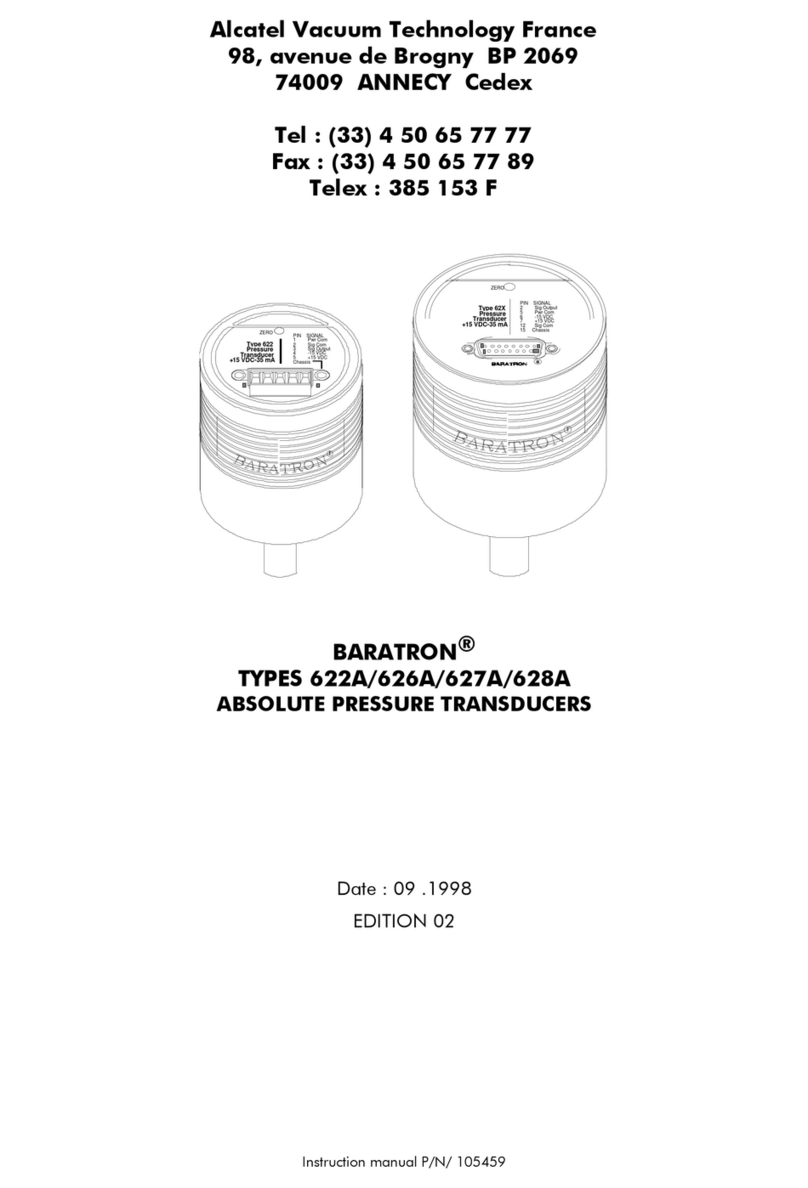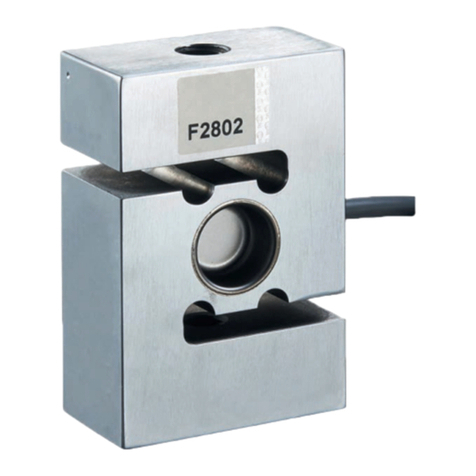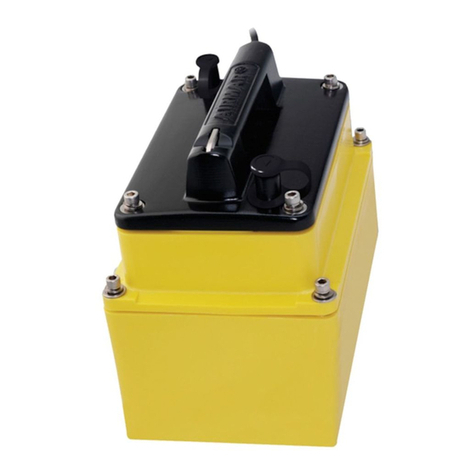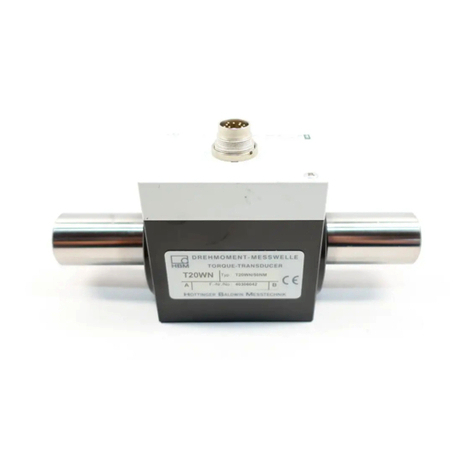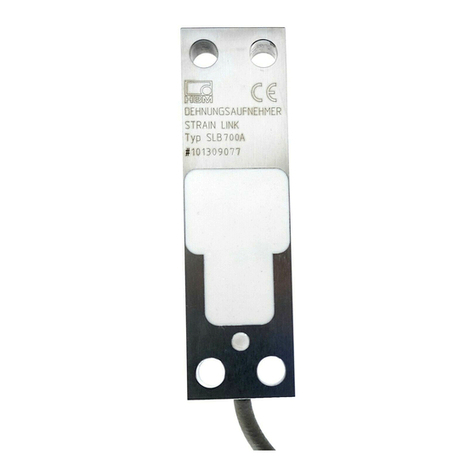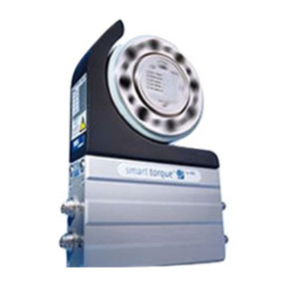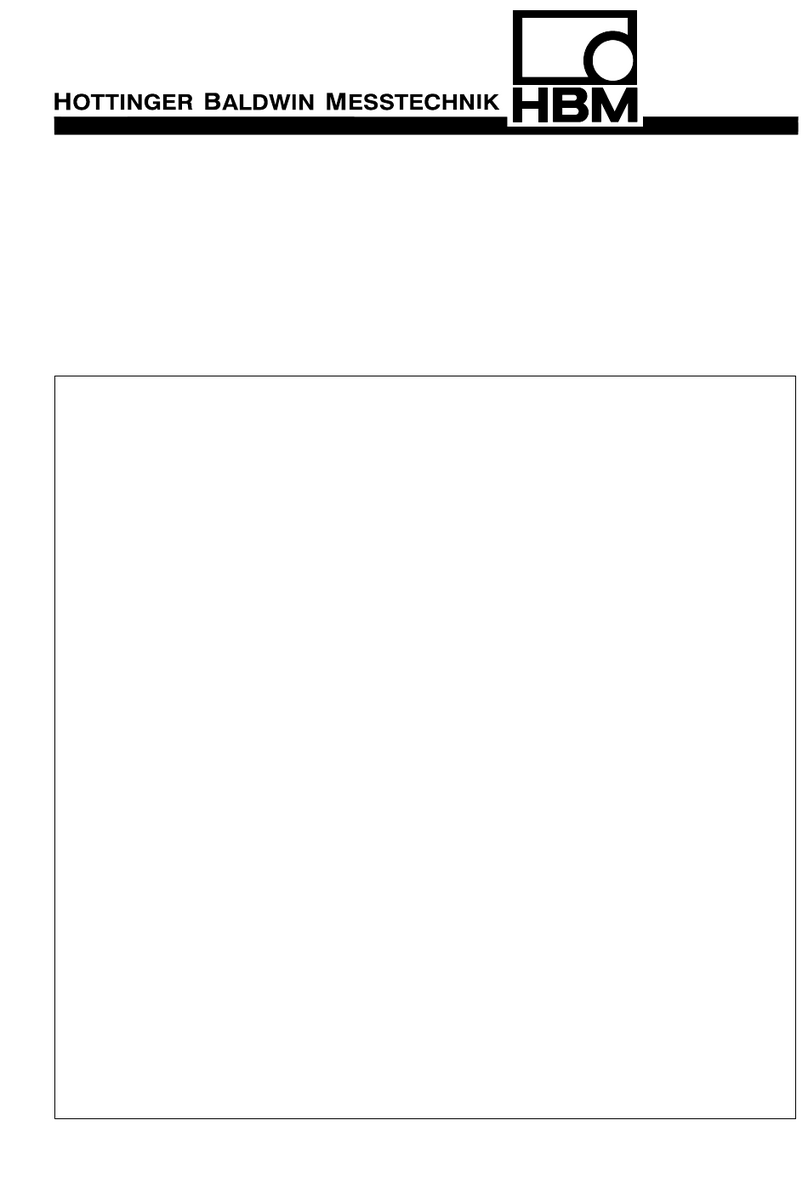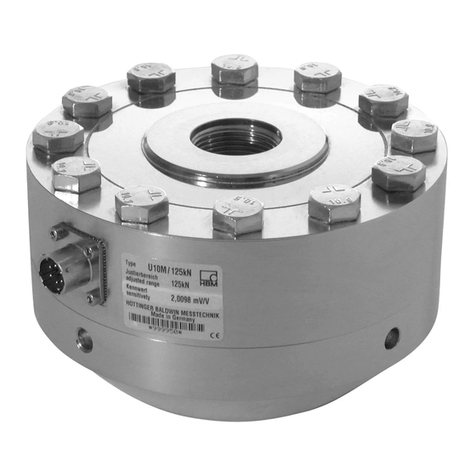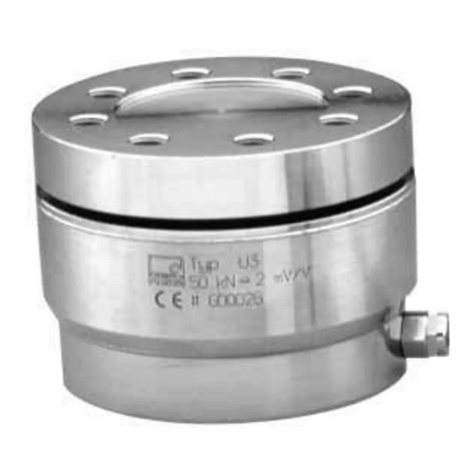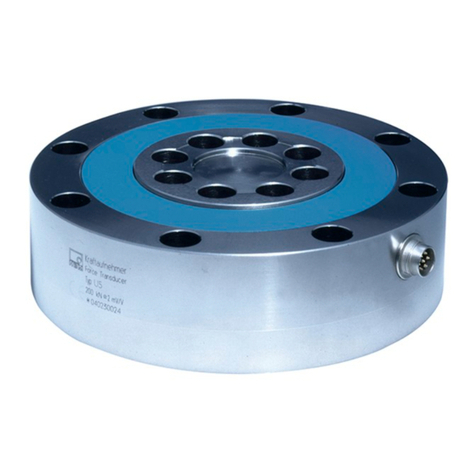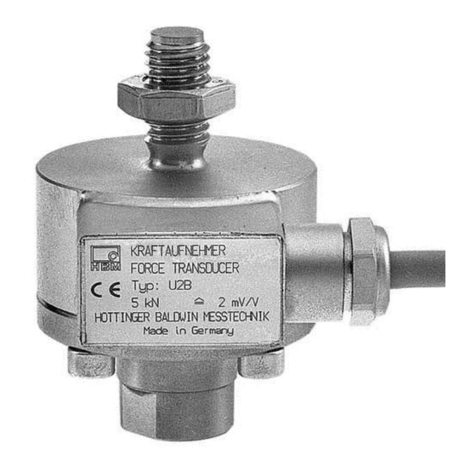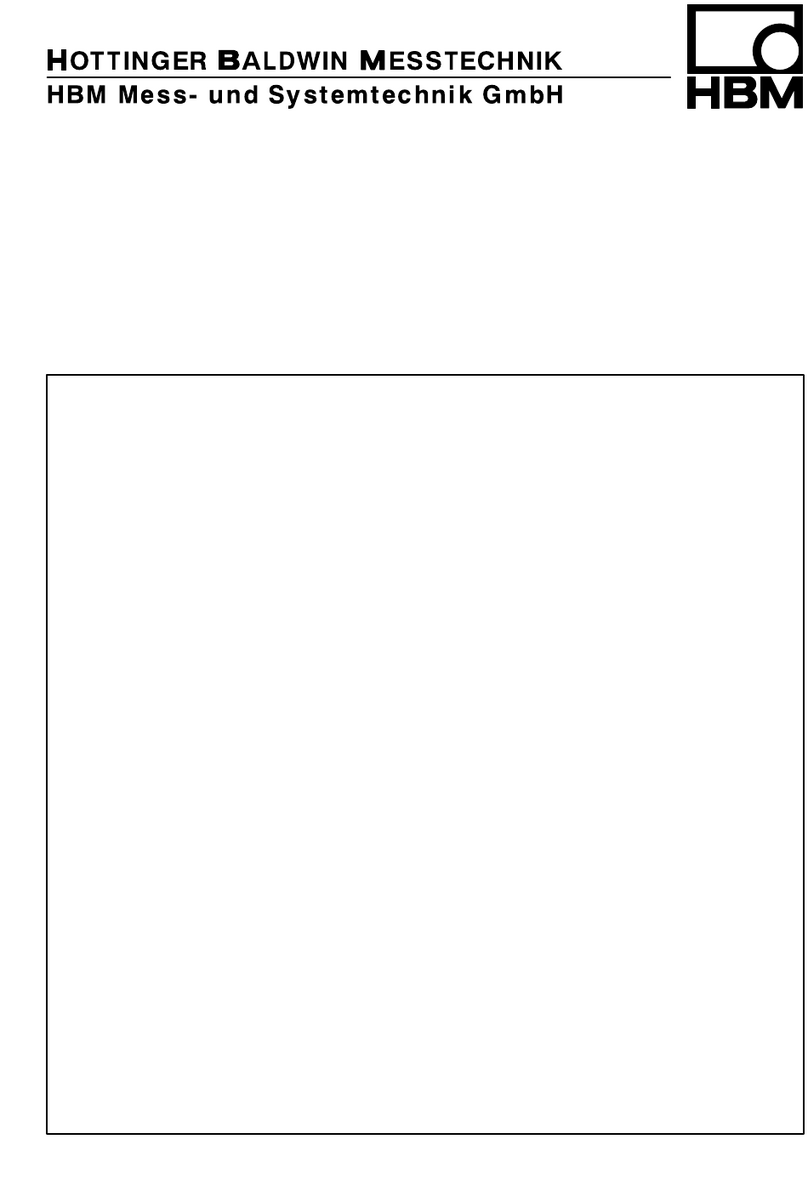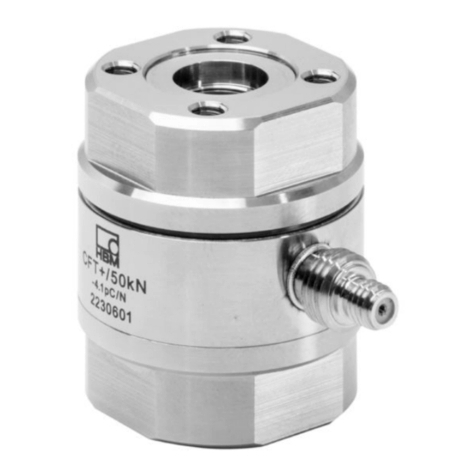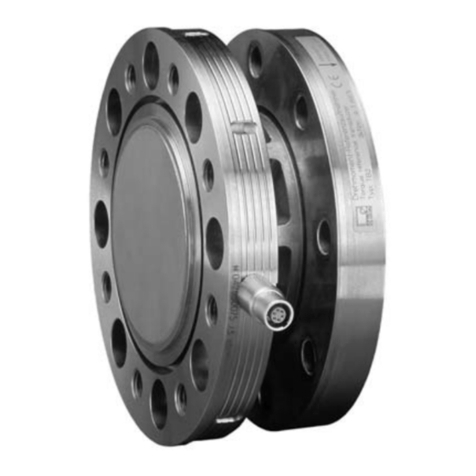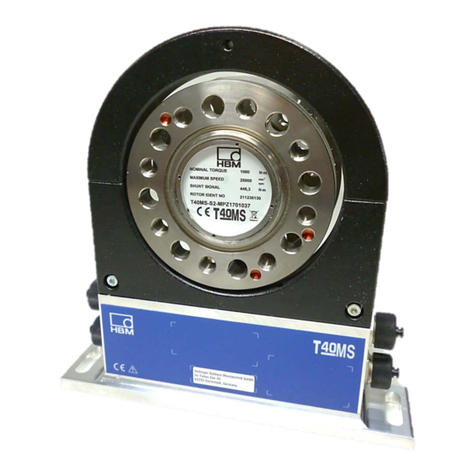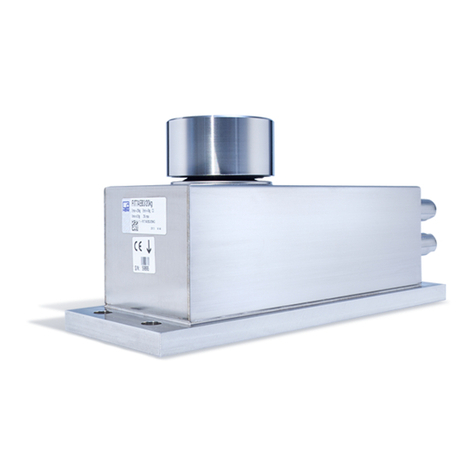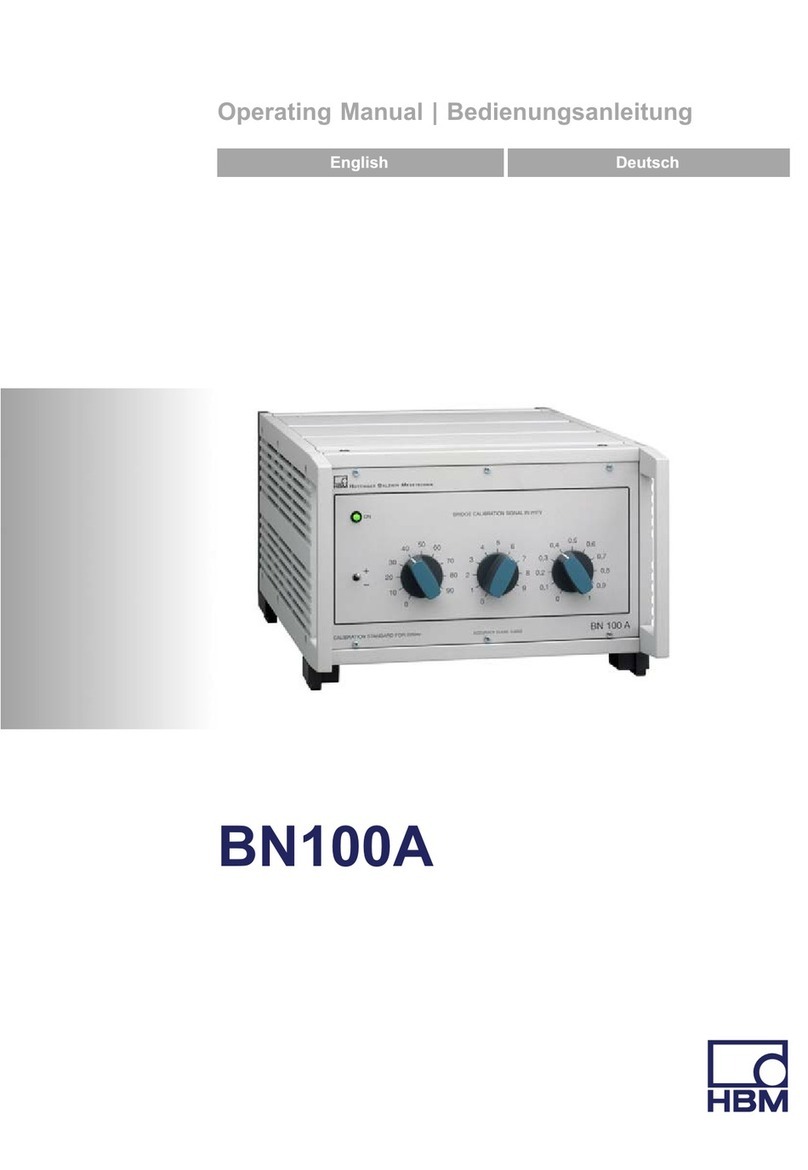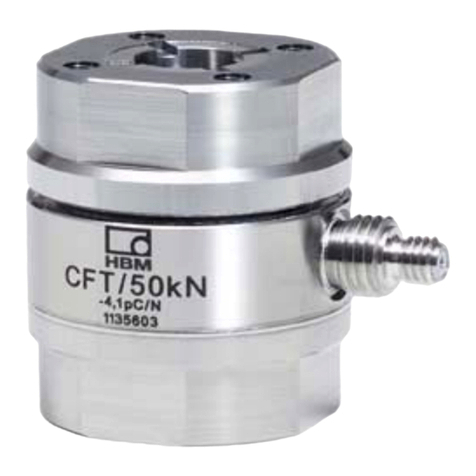
5
U9B
A0137-7.0 en/de/fr HBM
Additional safety precautions
The force transducers cannot (as passive transducers) implement any (safety‐
relevant) cutoffs. This requires additional components and constructive mea
sures for which the installer and operator of the plant is responsible.
In cases where a breakage or malfunction of the force transducer would
cause injury to persons or damage to equipment, the user must take appropri
ate additional safety measures that meet at least the requirements of applica
ble safety and accident prevention regulations (e.g. automatic emergency
shutdown, overload protection, catch straps or chains, or other fall protection).
The layout of the electronics conditioning the measurement signal should be
such that measurement signal failure does not cause damage.
General dangers of failing to follow the safety instructions
The force transducers are state‐of‐the‐art and reliable. Transducers can give
rise to remaining dangers if they are incorrectly operated or inappropriately
mounted, installed and operated by untrained personnel. Every person in
volved with siting, starting‐up, operating or repairing a force transducer must
have read and understood the mounting instructions and in particular the
technical safety instructions. The force transducers can be damaged or de
stroyed by non‐designated use of the force transducer or by non‐compliance
with the mounting and operating instructions, these safety instructions or any
other applicable safety regulations (BG safety and accident prevention regula
tions) when using the force transducers. Force transducers can break, partic
ularly in the case of overloading. The breakage of a force transducer can also
cause damage to property or injury to persons in the vicinity of the force trans
ducer.
If force transducers are not used according to their designated use, or if the
safety instructions or specifications in the mounting‐ and operating instruc
tions are ignored, it is also possible that the force transducer may fail or mal
function, with the result that persons or property may be affected (due to the
loads acting on or being monitored by the force transducer).
The scope of supply and performance of the transducer covers only a small
area of force measurement technology, as measurements with (resistive)
strain gage sensors presuppose the use of electronic signal processing. In
addition, equipment planners, installers and operators should plan, implement
and respond to the safety engineering considerations of force measurement
technology in such a way as to minimize residual dangers. Prevailing regula
tions must be complied with at all times.



